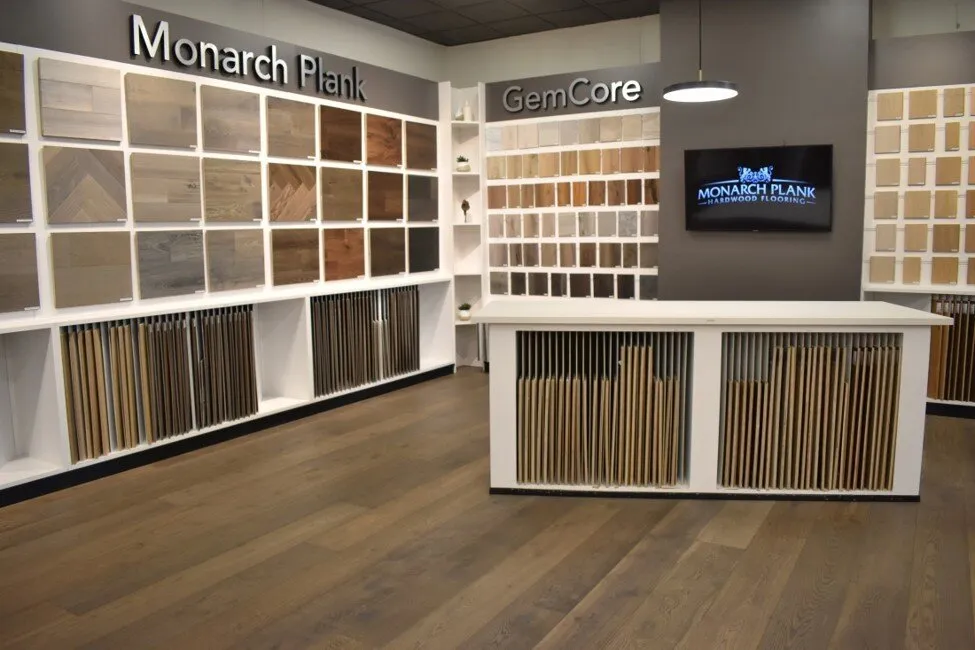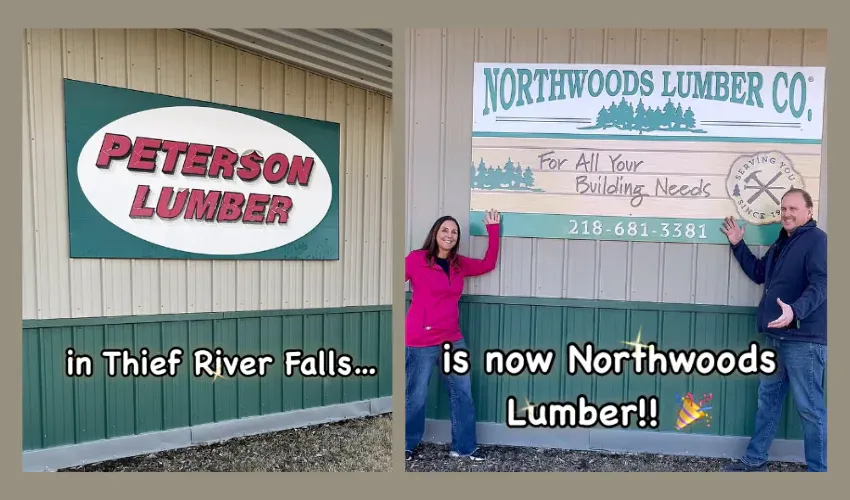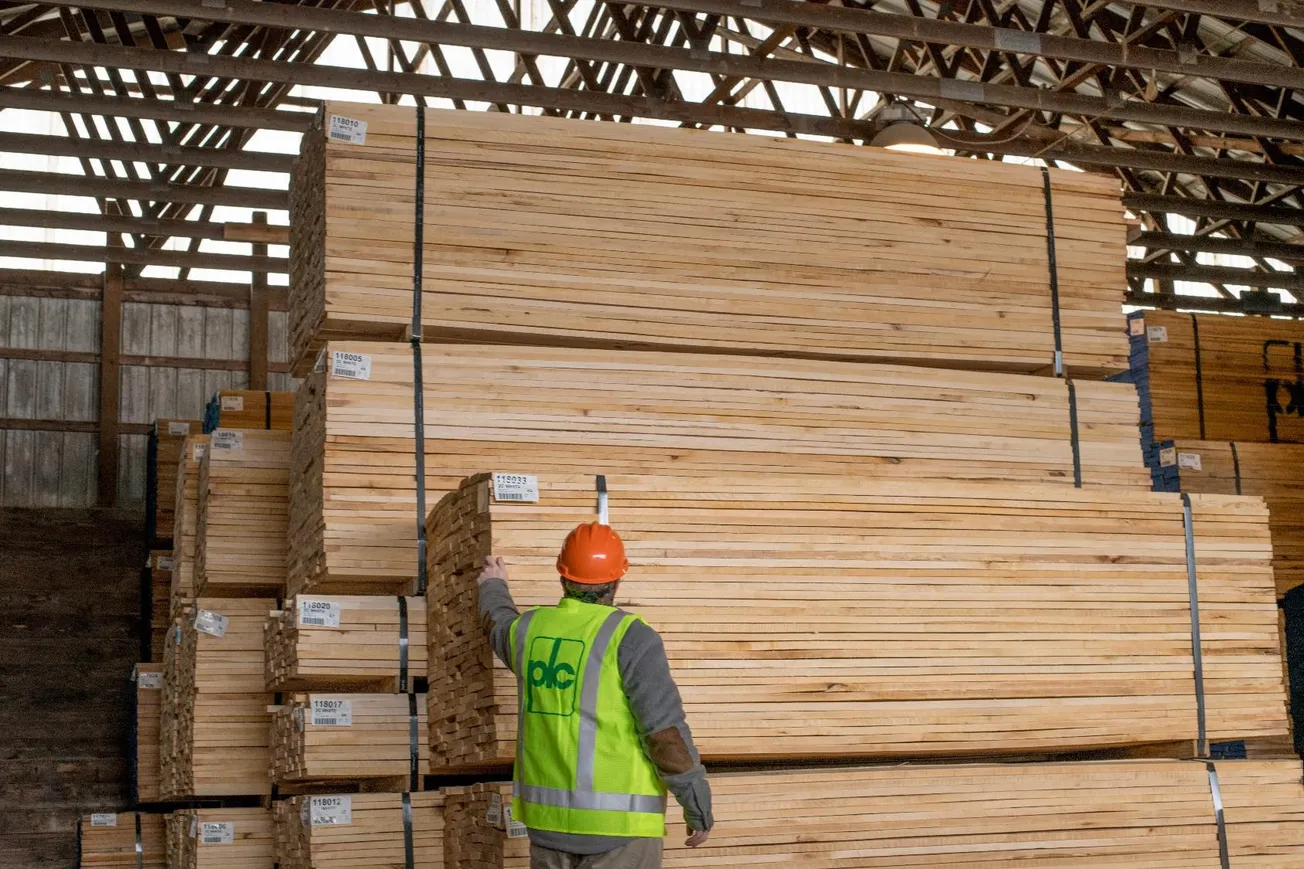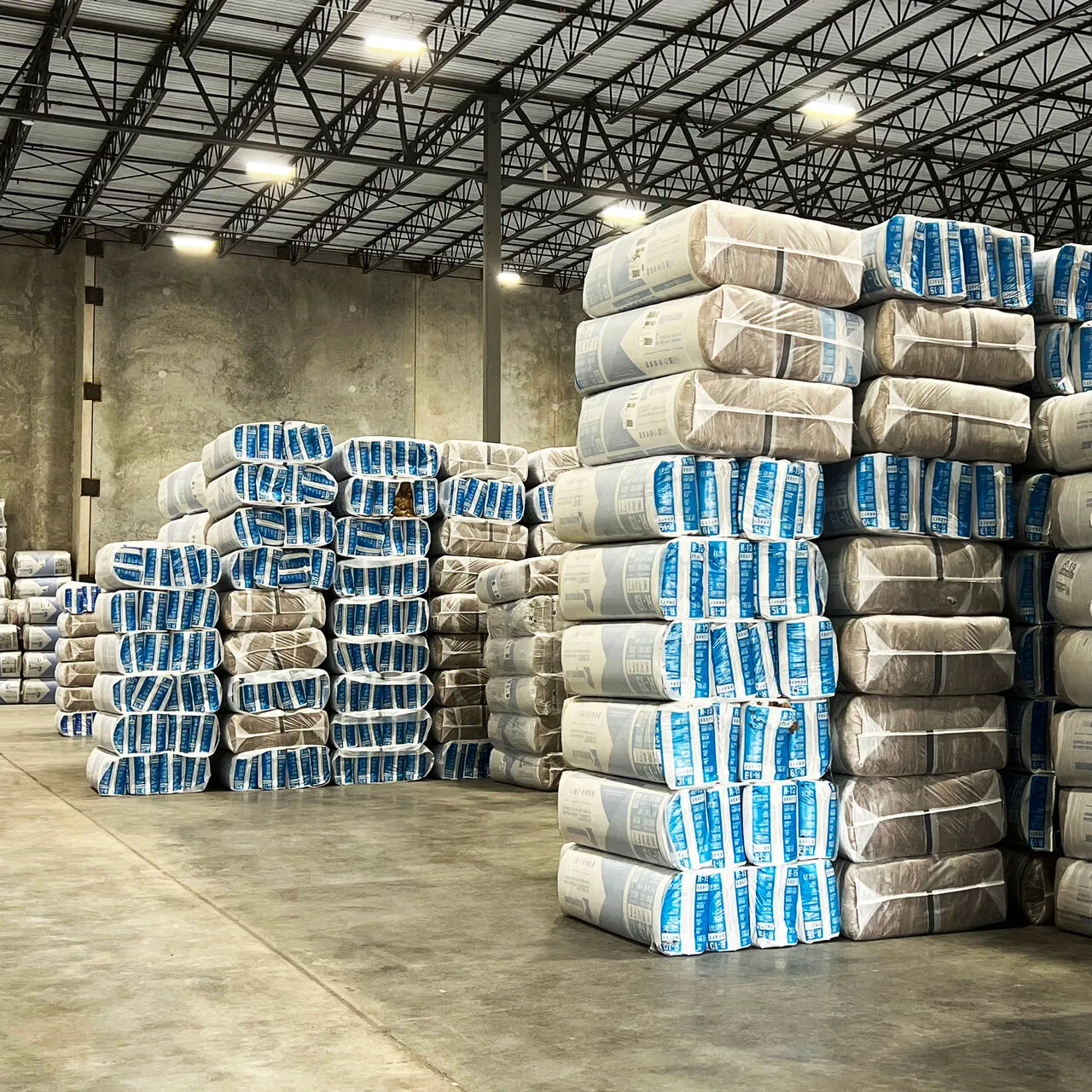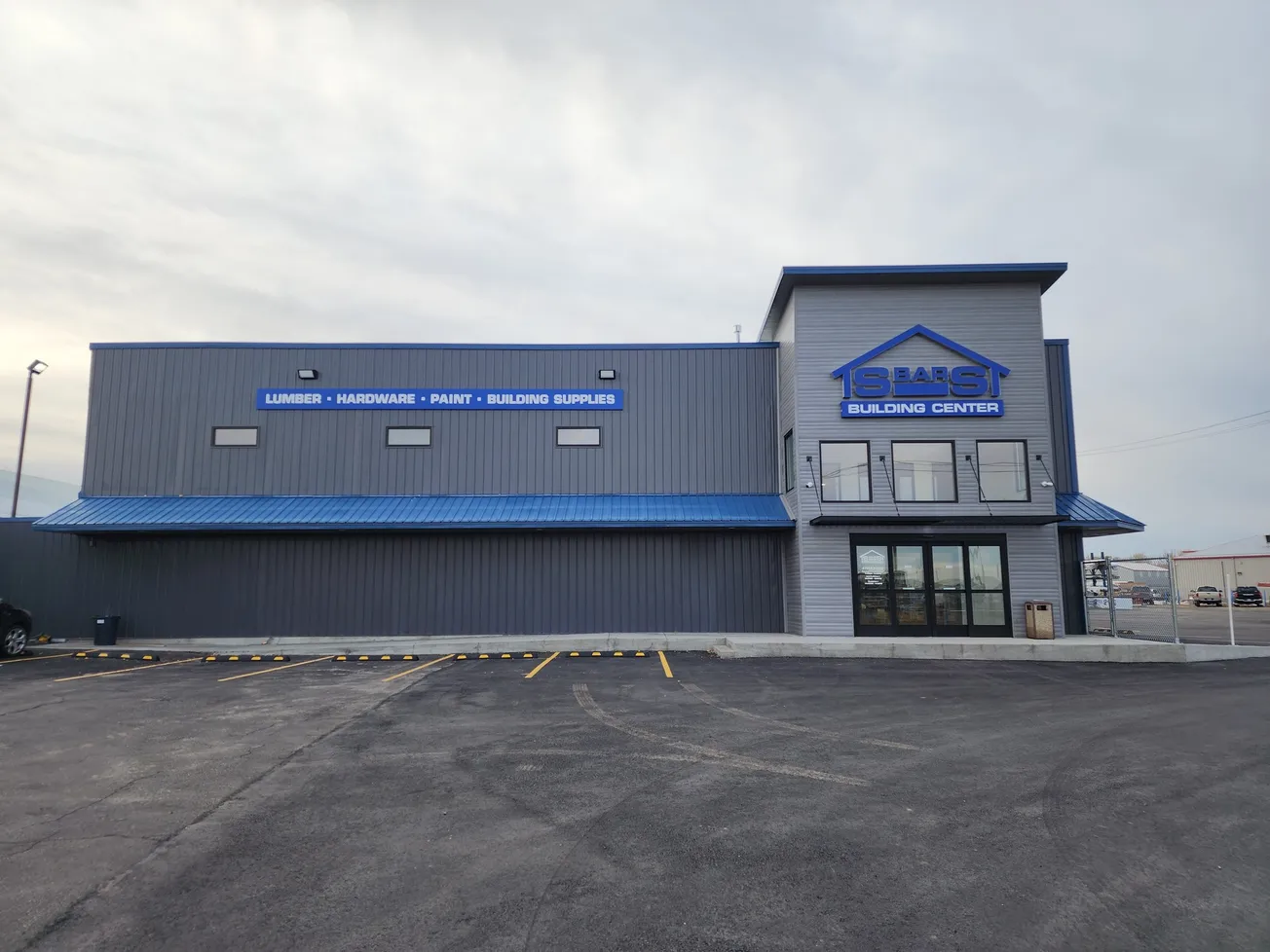Table of Contents
If you’re still categorizing OSB as a commodity or treating it as an afterthought, it’s time to rethink your approach. Thanks to advances in manufacturing, OSB has evolved into a category where dealers can sell panels based on builders’ specific needs, from budget to functionality to labor concerns. Options abound, with some premium panels offering performance like never before.
Addressing Key Challenges
Increasingly, OSB isn’t just the home’s structural panels, but a key component to building systems that address more codes or challenges that impact the roof, the walls, and the floors. For example, top of mind with many builders are increasingly stringent energy codes, particularly in California where all new homes must be built net-zero by 2020. Radiant barrier sheathing offers always an exceptional value while blocking up to 97% of radiant heat in the panel from emitting into the home’s attic.
Similarly, on the walls, OSB panels with specialty fire coatings are helping builders more easily address both new and old requirements. Panels with a specialty treatment may offer the same structural design values, allowing them to be used for exterior and interior load-bearing wall assemblies, such as party walls, while eliminating extra layers of gypsum, thereby saving material and labor costs.
Higher Quality Underfoot
Those same advances are happening at the sub-floor. Dealers now have a range of performance values to offer builders, from commodity panels to several premium options, creating a good-better-best scenario that allows them to match their sub-floor to each project’s individual expectations and budget.
High-performance sub-flooring typically offers improved moisture resistance, increased density, and better fastener holding. These attributes can reduce or eliminate the potential for nail pops and movement that can lead to squeaks or cracks in the finished floor above.
This evolution to high-performance sub-flooring is particularly crucial today as consumers increasingly desire nicer finishes such as hardwood flooring. Many Baby Boomers, for example, are downsizing their homes but still want to splurge on custom finishes that they expect to perform for the long haul. For builders, that should mean paying attention to what’s underneath as much as what’s on top.
Those same properties also are helping with labor woes, which the NAHB recently identified as one of builders’ top two challenges this year. Premium OSB sub-flooring typically does not need edge sanding, reducing installation time, and higher performance reduces the likelihood of dreaded callbacks. On the walls, longer-length panels of 9 and 10 ft. equate to fewer joints and may reduce hardware like hurricane clips and straps, shortening installation time while resulting in an overall stronger house.
Selling the Value
The focus on performance is only set to continue, as manufacturers are upping the ante on features and benefits that address the challenges both existing and upcoming. For instance, as housing density near metro areas increases, expect solutions that address noise transmission and more options for addressing fire codes.
For dealers, these evolving attributes emphasize why helping builders navigate options—and understand the broader picture—is so important. Like many product categories, education can help buyers determine which products will fit their budget and offer the performance they expect. It also can demonstrate how investments in pricier panels can ultimately net savings in the form of reduced installation time and fewer hassles down the road.
Savvy dealers should get to know each project’s specific requirements and help customers select products that will ensure performance, steering them away from considerations solely based on price or tradition. And check with your OSB manufacturer for product knowledge sessions, for both staff and customers, to raise awareness of these growing options as well as ensure they’re specifying panels that meet—and exceed—expectations.





